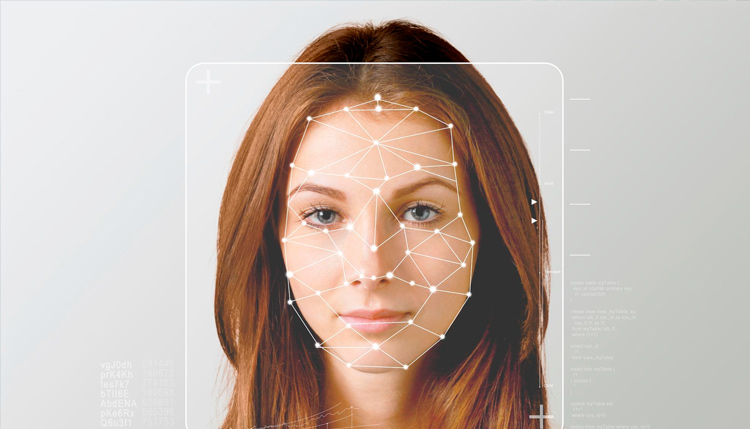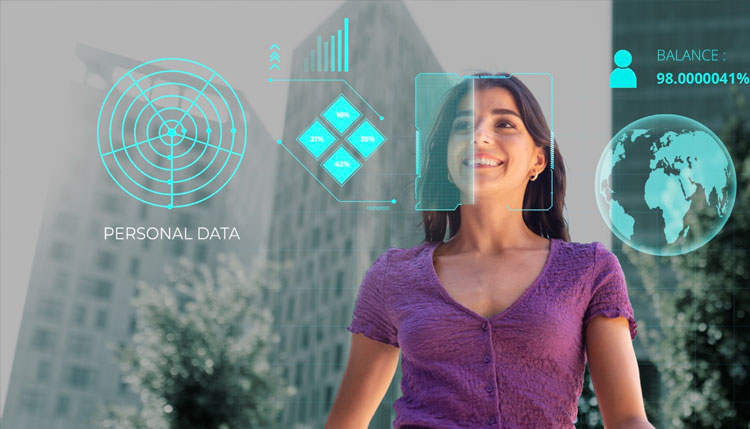
Biometric Fusion: The Future of Biometric Verification
In the digital age, the need for secure and reliable authentication methods has never been greater. Traditional methods of identification and verification, such as passwords and PINs, are proving to be insufficient. To keep up with the rapidly changing technology landscape, new tools are needed to ensure that identity is securely protected and authenticated. Fortunately, new advances in artificial intelligence (AI) have made it possible to create more sophisticated authentication systems that can more accurately identify individuals through facial recognition or voice biometrics.
Biometric verification is becoming increasingly popular as a way to ensure secure access to digital services and physical spaces. It uses unique physical or behavioural traits such as face recognition, fingerprint, voice, and iris scan to verify a person’s identity. However, relying solely on a single biometric modality may not always be the most reliable form of authentication due to its potential for false positives and false negatives. To achieve the highest level of accuracy, combining multiple biometric modalities is often necessary.
Biometric verification has become an increasingly popular way to authenticate individuals. As technology advances, traditional methods of identification such as PINs and passwords are proving to be inadequate security measures. This is where the concept of biometric fusion comes into play, heralding the future of robust and reliable biometric verification systems. By combining various biometrics such as fingerprints, facial recognition, iris scans and voice recognition, organizations can ensure secure authentication that is both accurate and tamper-proof.
Biometric fusion combines different biometric features for a more reliable and secure form of identity authentication. It leverages multiple modalities which are then fused together to increase the accuracy of the verification process. Enhancing security protocols, biometric fusion combines various biometric traits like fingerprints, iris scans, facial recognition, voice recognition and gait analysis to create a highly reliable authentication system. This combination helps make the system more comprehensive and robust compared to relying on just one single trait. Using multiple biometric parameters to identify a person significantly reduces the risks posed by individual biometric systems. It also increases accuracy and decreases the likelihood of false positives or false negatives.
Biometric fusion is highly beneficial and advantageous as it has the power to overcome any limitations of individual biometric modalities. For instance, fingerprints are commonly used for identification, but they may not always be viable due to conditions such as aging, injuries or accumulation of dirt. Fingerprint data can be fused with other biometric data such as facial recognition, enabling more secure and reliable identity verification. If access to fingerprints is denied, the use of an additional modality provides a necessary redundancy for accurate authentication.
Biometric fusion makes it more complicated for bad actors to fool the system. For instance, using facial recognition as the only biometric input can be easily fooled with pictures or 3D masks. This is why biometric fusion can significantly heighten security levels. With facial recognition coupled with other modalities such as voice recognition or iris scans, the security system can better deal with spoofing attacks. The fusion of these multiple modalities provides a robust complexity that greatly hinders attackers from succeeding.
Biometric fusion technology is a great choice when it comes to providing an effortless and smooth authentication process. Not only does it combine various biometric modalities, but also makes the process more adaptable and customizable which helps in overcoming environmental challenges. Biometric fusion systems are designed to be user-centric and reduce frictions in the authentication process. For instance, if lighting conditions are unfavourable for facial recognition, the system can seamlessly switch to iris or voice recognition to make sure things are running smoothly. This dynamic adaptability ensures efficient access control.
Biometric fusion not only offers security and user-friendliness, but it can also do a great job of protecting your biometrics. With the data split across multiple sources, the chances of any one facet being compromised or unauthorised access to all biometric data are greatly reduced. By using a distributed model, more privacy can be preserved as no single biometric template can expose someone’s complete identity. Moreover, secure computation techniques have advanced allowing data fusion with the use of homomorphic encryption and secure multi-party computation.
Biometric fusion is the way of the future as it provides a much higher level of security, accuracy, and user experience. If multiple biometrics such as fingerprints, facial recognition, voice recognition, iris scans and behavioural patterns are combined then it can ensure maximum safety and reliability. Biometric fusion provides an extra layer of defence against malicious attempts to spoof biometric systems. As technology progresses, its use in identity verification is sure to become more critical for maintaining security. This multi-pronged approach overcomes the limitations of single modal biometrics and ensures a secure environment.
For more information, please write to info@trueid.in or visit www.trueid.in











